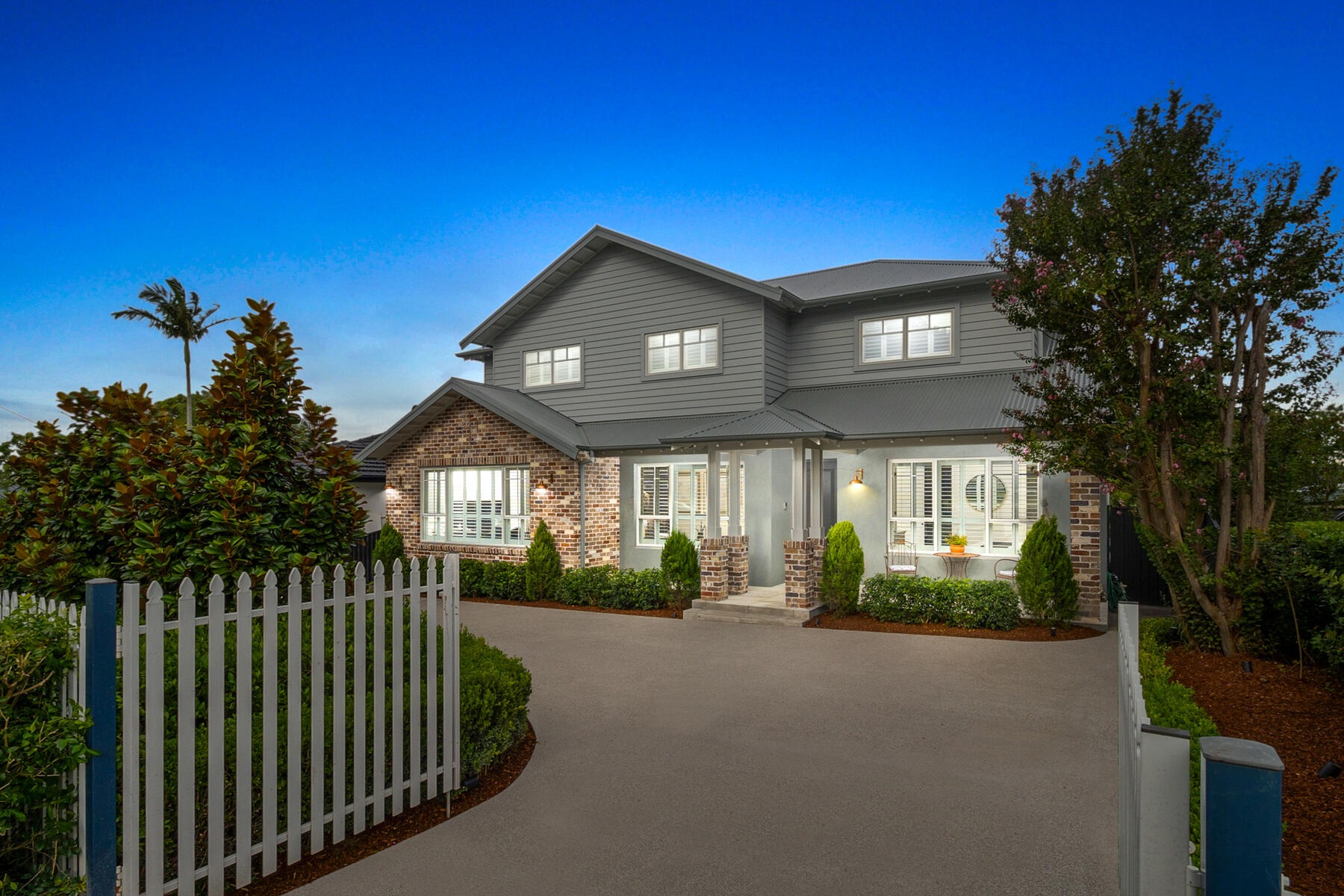The New Workday Dead Zone When Nothing Gets Done
Late afternoon, when many colleagues vanish, is why so many managers hate hybrid work
The 4 p.m. meeting is cancelled because half the team can’t make it. You send an email with what would have been the main discussion points, and the replies roll in through the evening and into the next morning. A consensus that could have been reached before dinner now forms the following day.
The hours that bookend the traditional close of business have become a dead zone at many companies, but employees aren’t just blowing off work to relax for the rest of the day. Workers say the 4-6 p.m. flex time they use to take a turn in the kids’ carpool, hit the gym or beat traffic often requires a third shift at night to finish the day’s tasks. They resent it when leaders assume they aren’t putting in eight or more hours of work, and they’re loath to relinquish the freedom to set their own schedules.
Despite the return of teeth-grinding commutes and overpriced lunches, lots of workers are sticking with the Covid-era habit of clocking out early and making it up later. By 4 p.m. on weekdays, golf courses are packed, according to a Stanford University study, as are many New York City restaurants.
Microsoft researchers have documented what they call a “triple peak” phenomenon in which workers’ keyboard activity spikes in the morning and afternoon, then a third time around 10 p.m. The tech giant predicts this pattern is here to stay.
In a recent, one-month sample of Microsoft Teams software usage, the share of virtual and in-person meetings scheduled between 4 p.m. and 6 p.m. was down 7% from a year earlier, despite widespread office returns.
Bosses can drag employees back to their desks, but good luck keeping them there until the end of a 9-to-5 workday or beyond. The 4-6 p.m. dead zone is one reason so many executives are cranky about hybrid work. They say it’s the hardest time to reach people, and things would be easier if everybody were present and accounted for in person, even though many workers seem to be leaving offices earlier, too.
The Price of Flexibility
Fungible hours are great for those doing the fungeing. For managers and co-workers, one person’s hiatus can be another’s headache.
“A lot of companies have taken a loose approach under the belief that we’re all adults, so everyone will be self-disciplined and stay motivated at whatever time they’re working,” says Albert Fong, vice president of product marketing at Kanarys, a maker of diversity-training software. “That’s just not true.”
Flexibility can be a trap that fuels our always-on work culture, Fong adds. Instead of powering through a late-afternoon gathering and being done for the day, he often finds himself refreshing his mobile inbox all evening or opening his laptop on Sunday to catch up on messages from colleagues who work whenever.
Colette Stallbaumer, general manager of Microsoft’s Future of Work initiative, sums it up: “How do we make it so that my flexibility isn’t your challenge?”
Ana Paula Calvo, an associate partner at McKinsey & Co., says she considers how shifting her hours can affect others. She sometimes works at night or on weekends to make up for bolting to daycare many weekdays at 5:30 p.m. At the start of any new project, she does a norm-setting session to let her team know there’s no pressure for them to work off hours.
“People know that if I get back to them at 11 at night, that doesn’t mean I’m expecting them to reply right away,” she says.
It Can Wait—Or Maybe It Can’t
Accommodating employees’ personal appointments—happy-hour yoga, a teen’s tuba lesson—can be necessary to recruit and retain top talent, several business leaders tell me. They add it sure makes getting a quorum at meetings tough, though. Others, especially child-free workers, complain that their workdays have become longer and less predictable since it became widely acceptable to take breaks during normal business hours.
Maria Banach, a pharmaceutical operations director in Oregon, says she sometimes wants to call a huddle to handle a problem, only to learn that someone on the team has gone offline for a couple of hours. That might not seem very long, but her co-workers are spread across several time zones and their overlapping business hours are limited. Issues can linger overnight when one or two people step away early, Banach says, and every day is precious. The drugs her company manufactures expire 17 days after production.
“Scheduling meetings has become difficult, and I’ve learned: Do it in the morning and never on Friday,” she says.
Some executives have accepted, even embraced, the reality that little gets done from 4-6 p.m. Anthony Stephan, chief learning officer of Deloitte U.S., says recorded tutorials are now a centrepiece of the firm’s professional-development program. Getting employees together for an end-of-the-day training session is seldom an option any more, he says. They hone new skills when they feel like it.
Stephan, a father of five, holds himself to a hard stop at 5 p.m. He initially worried that others would keep hustling after he called it a day, but he now realises others are winding down early or right on time. For emergencies, he tells his team to put #criticalnow in an email subject line. Most things can wait until after his 5:15 a.m. workout the next morning, he figures.
At Komet U.S.A., a South Carolina-based maker of dental equipment, meetings after 4 p.m. or on Friday afternoon are against company policy, except in special circumstances. Chief Executive Mercedes Aycinena, promoted to the top job last year, introduced those calendar blocks last fall after polling the staff.
Aycinena, who has about 100 employees, usually leaves the office at 5 p.m. to spend time with her three children and then resumes work later as needed. She lets subordinates shift their hours, too, and credits flexibility with helping reduce turnover from 50% to 15% over the past year.
“I hate meetings after 4,” she says. “My brain is done.”
 Copyright 2020, Dow Jones & Company, Inc. All Rights Reserved Worldwide. LEARN MORE
Copyright 2020, Dow Jones & Company, Inc. All Rights Reserved Worldwide. LEARN MORE
This stylish family home combines a classic palette and finishes with a flexible floorplan
Just 55 minutes from Sydney, make this your creative getaway located in the majestic Hawkesbury region.
Continued stagflation and cost of living pressures are causing couples to think twice about starting a family, new data has revealed, with long term impacts expected
Australia is in the midst of a ‘baby recession’ with preliminary estimates showing the number of births in 2023 fell by more than four percent to the lowest level since 2006, according to KPMG. The consultancy firm says this reflects the impact of cost-of-living pressures on the feasibility of younger Australians starting a family.
KPMG estimates that 289,100 babies were born in 2023. This compares to 300,684 babies in 2022 and 309,996 in 2021, according to the Australian Bureau of Statistics (ABS). KPMG urban economist Terry Rawnsley said weak economic growth often leads to a reduced number of births. In 2023, ABS data shows gross domestic product (GDP) fell to 1.5 percent. Despite the population growing by 2.5 percent in 2023, GDP on a per capita basis went into negative territory, down one percent over the 12 months.
“Birth rates provide insight into long-term population growth as well as the current confidence of Australian families,” said Mr Rawnsley. “We haven’t seen such a sharp drop in births in Australia since the period of economic stagflation in the 1970s, which coincided with the initial widespread adoption of the contraceptive pill.”
Mr Rawnsley said many Australian couples delayed starting a family while the pandemic played out in 2020. The number of births fell from 305,832 in 2019 to 294,369 in 2020. Then in 2021, strong employment and vast amounts of stimulus money, along with high household savings due to lockdowns, gave couples better financial means to have a baby. This led to a rebound in births.
However, the re-opening of the global economy in 2022 led to soaring inflation. By the start of 2023, the Australian consumer price index (CPI) had risen to its highest level since 1990 at 7.8 percent per annum. By that stage, the Reserve Bank had already commenced an aggressive rate-hiking strategy to fight inflation and had raised the cash rate every month between May and December 2022.
Five more rate hikes during 2023 put further pressure on couples with mortgages and put the brakes on family formation. “This combination of the pandemic and rapid economic changes explains the spike and subsequent sharp decline in birth rates we have observed over the past four years,” Mr Rawnsley said.
The impact of high costs of living on couples’ decision to have a baby is highlighted in births data for the capital cities. KPMG estimates there were 60,860 births in Sydney in 2023, down 8.6 percent from 2019. There were 56,270 births in Melbourne, down 7.3 percent. In Perth, there were 25,020 births, down 6 percent, while in Brisbane there were 30,250 births, down 4.3 percent. Canberra was the only capital city where there was no fall in the number of births in 2023 compared to 2019.
“CPI growth in Canberra has been slightly subdued compared to that in other major cities, and the economic outlook has remained strong,” Mr Rawnsley said. “This means families have not been hurting as much as those in other capital cities, and in turn, we’ve seen a stabilisation of births in the ACT.”
This stylish family home combines a classic palette and finishes with a flexible floorplan
Just 55 minutes from Sydney, make this your creative getaway located in the majestic Hawkesbury region.






















